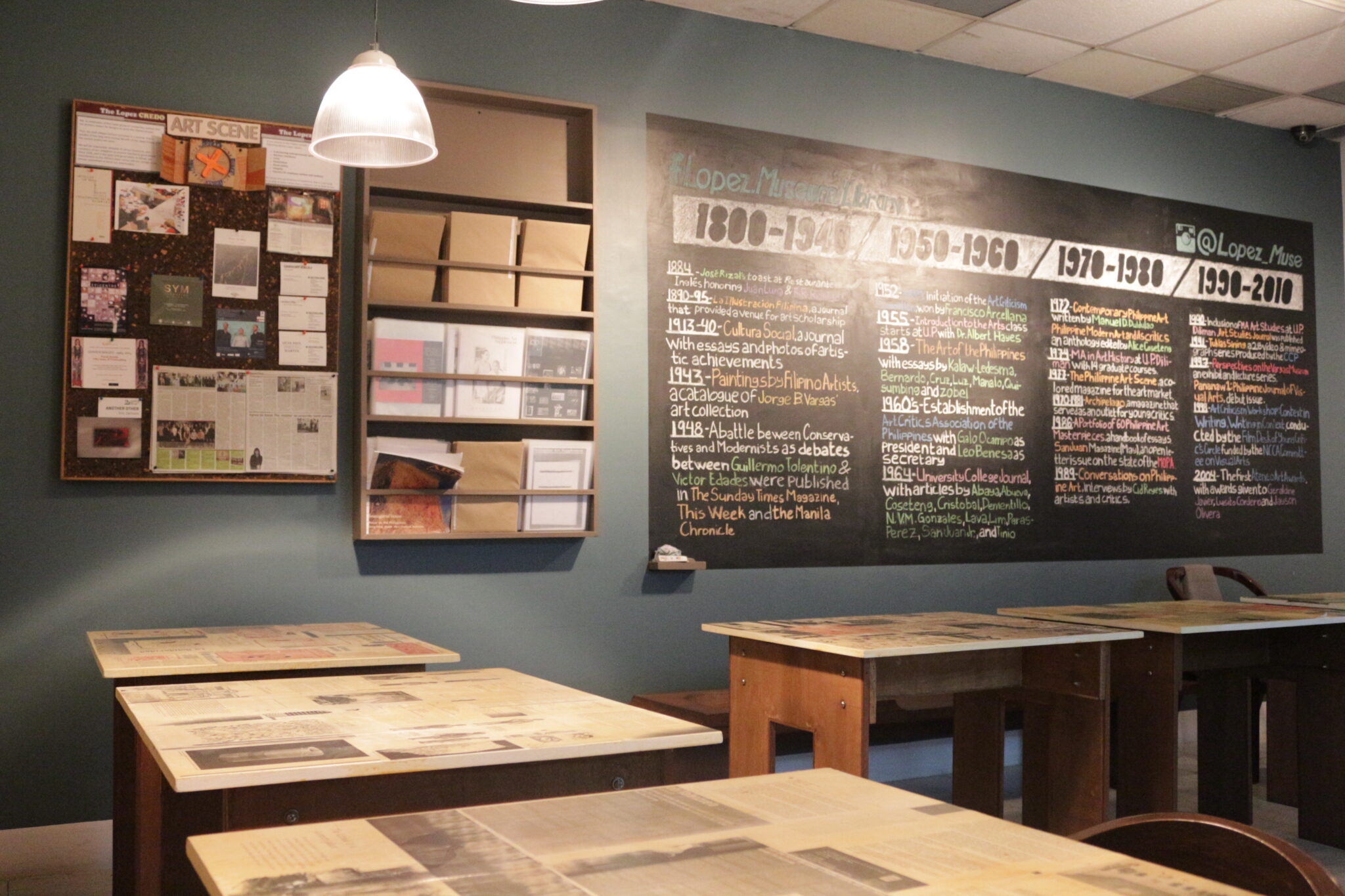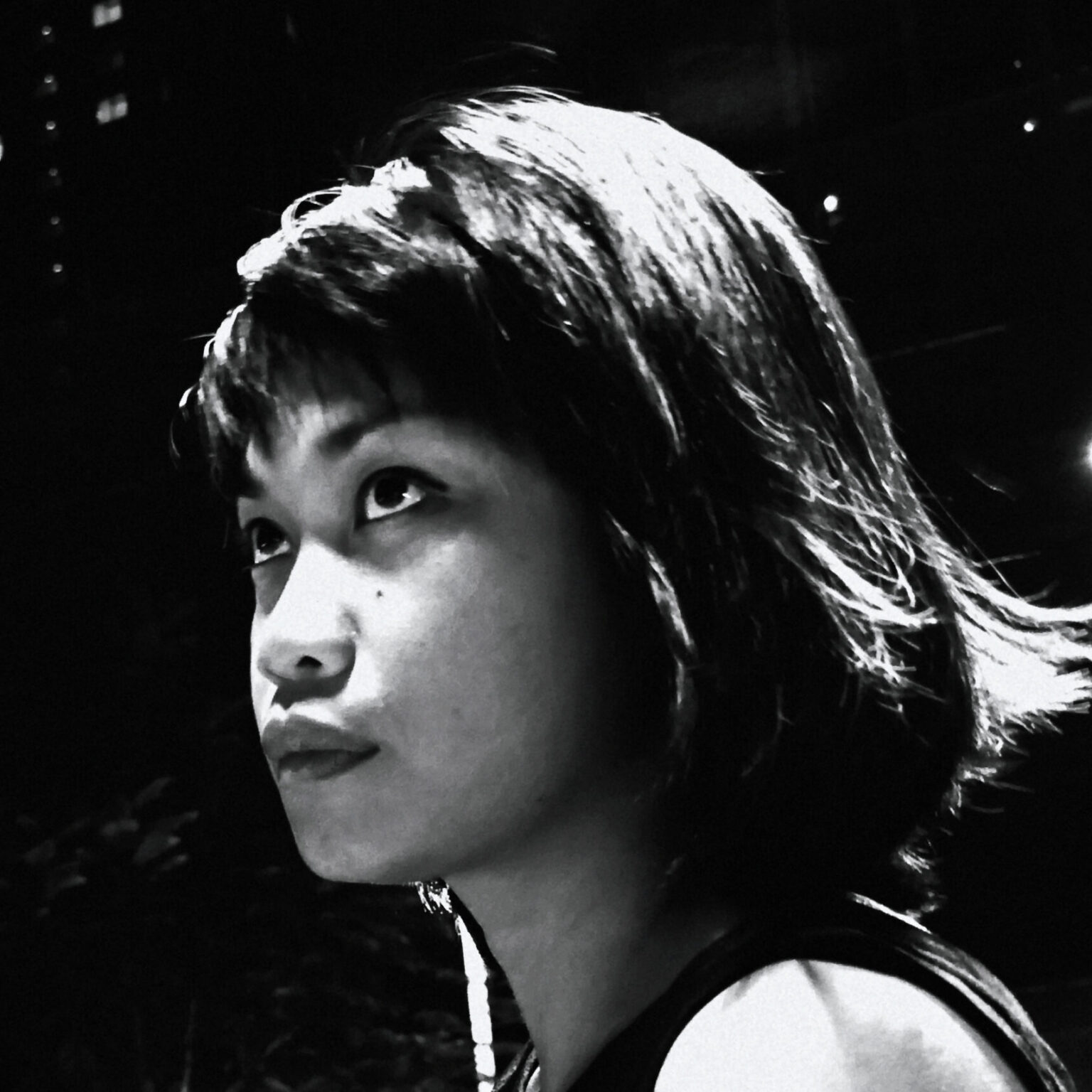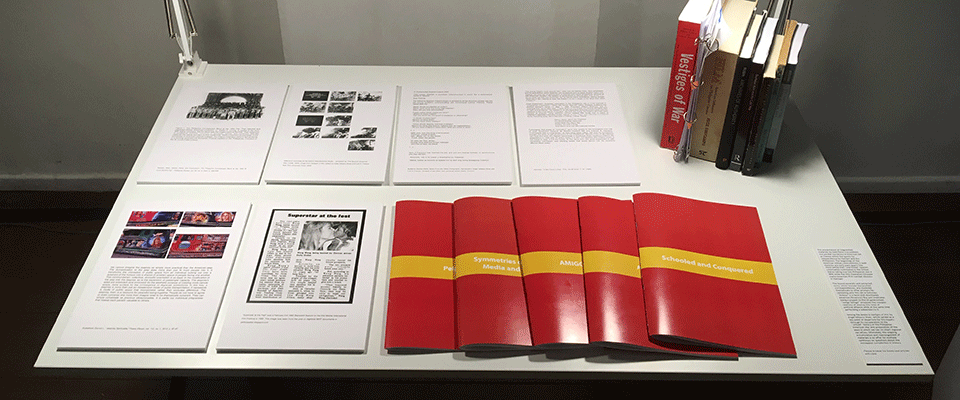
Siddharta Perez
Artist Statement
In practice, I seek directions in artists’ works and primary sources mainly because of my indecision about public history. The limitations I found in working within two cities—Philippines and Singapore—founded the curatorial directions I have taken on in recent years, part-investigative and part-incidental. I am more confident in collaborative processes that are contingent to certain kinships built from initially differing contexts.
I am nurturing a (newish) deep curiosity on the Philippines, supposedly my mother/fatherland, only when I left it for its antithesis (Singapore). In recent years, I have cultivated a consistent research direction that looks at forms of personal agency within legacies we inherit from national history and culture. This trajectory has manifested in exhibitions I curate or programs I am curated into, reading groups, and artist conversations.
While at Headlands
The personal legacies we carry are also motivated by larger transnational moments. What are the ways that we rehabilitate our memories, narratives and actions alongside national reconciliation projects? While at Headlands, I question the function of art in recovering from war and other imperialistic operations that have been significant to artists’ personal legacies. As a curator, I bring together oblique connections between past Headlands artists’ works with documents and anecdotes on previous bases such as Fort Barry, Angel Island, Alcatraz and Treasure Island. As a gesture, I begin with keywords and images that make up these relationships of memory, stress, and curiosity about the history of peacekeeping and rehabilitation of personal cross-overs and global wars. How can such curatorial gestures contribute to the scholarship on art that looks at personal legacies that are still affected by particular periods in global history?
Selected Works
“The Cooperation in Recuperation: Curatorial Hope for an Institution,” 2018
“Revulsion and Reference: Crocodiles in Singapore,” 2018
“In Defence of the Curatorial,” 2018

